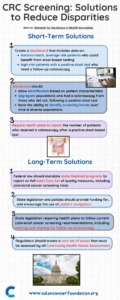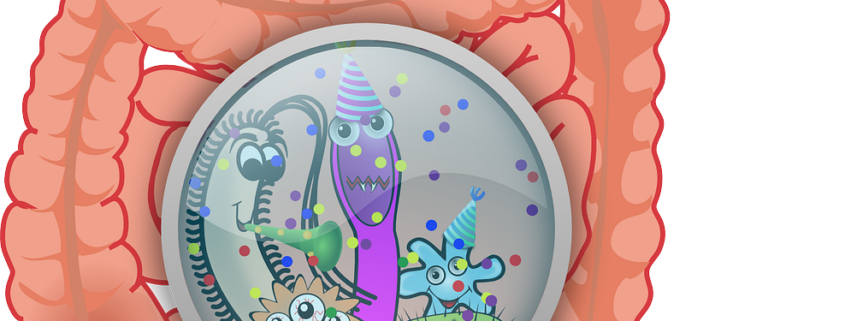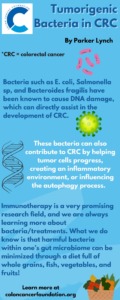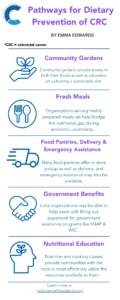By Parker Lynch
There are several known risk factors for colorectal cancer (CRC): genetic predisposition, age, poor diet, lack of regular physical activity, high alcohol consumption, etc. Recent research is further indicating that other health conditions could also influence an individual’s risk for developing CRC. One such condition is type 2 diabetes, was previously discussed by Emma Edwards (an intern colleague at the Colon Cancer Foundation) in a previous blogpost.
Someone with type 2 diabetes typically has hyperinsulinemia, meaning that they have too much insulin in their blood. Research shows that these higher levels of insulin and sugar in one’s body creates an environment in which CRC can develop more readily. Additionally, higher levels of sugar in the bloodstream typically contributes to more inflammation, which also increases CRC risk. The two factors together mean that someone with type 2 diabetes has a 27% greater chance of developing CRC.
Severity and Oncological Outcomes
Knowing that there is a link between diabetes and CRC, researchers wanted to specifically hone in on patients with both conditions to understand whether severe diabetes has an impact on CRC survival.
In a Taiwanese study published in October 2023, data from the country’s Cancer Registry Database was retrospectively analyzed for the period between 2007 and 2015. The 59,202 patients included in this study had diabetes and had undergone curative radical resection for their CRC (stages Ⅰ-Ⅲ), meaning that they had surgery to completely remove their cancerous tumors. The study split the population into three groups:
- CRC patients with diabetic complications
- CRC patients without diabetic complications
- CRC patients without diabetes
After conducting the retrospective research, it was found that those with uncomplicated diabetes had an insignificantly worse CRC survival (better survival rates), whereas those with complicated diabetes had a significantly higher risk of poor survival. Women with diabetes, in particular, suffer from more negative CRC outcomes than their male counterparts. These findings indicate that patients who don’t experience diabetic complications will have better CRC outcomes in terms of survival.
One Step At a Time
Managing diabetes alone is a lot of work. Patients must constantly manage their diet, blood glucose levels, physical activity levels, etc. Dealing with CRC on top of diabetes seems impossible. However, patients are encouraged to take their afflictions one step at a time, with the support of their healthcare team by their side, composed of both oncology specialists and endocrinologists.
Maintaining blood sugar levels and minimizing possible diabetic complications can have a positive impact on CRC outcomes. Though colon cancer and diabetes seem like vastly different conditions, they can go hand-in-hand and should be considered together when developing a treatment plan.
Parker Lynch is a Colorectal Cancer Prevention Intern with the Colon Cancer Foundation.
Photo credit: Towfiqu barbhuiya on Unsplash.















